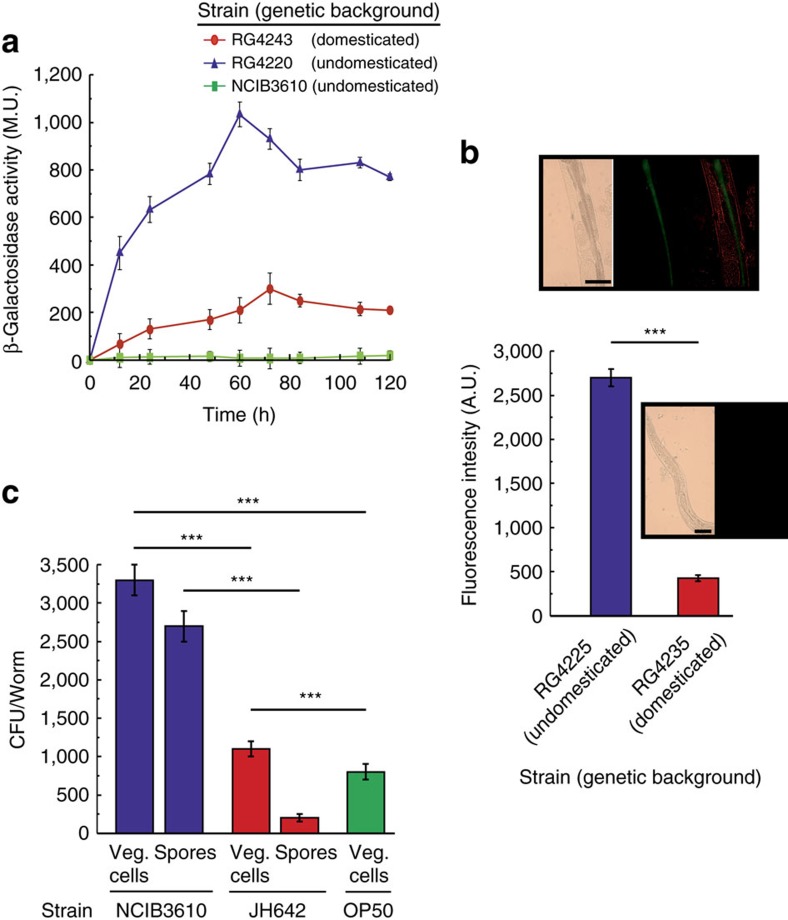Figure 2. Proficiency of B. subtilis gut colonization in C. elegans intestine.
(a) Expression of surfactin operon in worm intestine. Thirty late L4/young-adult-stage worms were allowed to develop on NGM agar plates seeded with OP50 E. coli, washed and transferred to fresh NGM plates containing JH642- or NCIB3610-derived isogenic RG4243 (red circles) and RG4220 (blue circles) strains, respectively (Supplementary Table 1) harbouring the Psrf-lacZ reporter gene. Determination of β-galactosidase activity was performed in worm extracts. The β-galactosidase activity, expressed as Miller units (MU) over time (h) is shown. ***P<0.001 (analysis of variance (ANOVA) with Bonferroni test). (b) B. subtilis biofilm formation in C. elegans gut. Thirty late L4/young-adult-stage worms were allowed to develop NGM agar plates seeded with OP50 E. coli, washed and transferred to fresh NGM plates containing NCIB3610- or JH642-derived isogenic (RG4225 (blue) and RG4235 (red) strains, respectively, carrying an integrated bslA::gfp reporter fusion (Supplementary Table 1). The worms were taken and imaged by fluorescence microscopy. Fluorescence intensity is indicated as arbitrary units (A.U.) per worm, and error bars show the mean±(n=3) ***P<0.001 (ANOVA with Bonferroni test). The inserts shown are epifluorescence micrographs of typically stained N2 C. elegans fed on GFP-expressing domesticated and undomesticated B. subtilis. The fluorescence images were superimposed to differential interference contrast (DIC) images to depict the localization of the labels within the cells. Scale bar, 20 μm. (c) Worm intestine colonization by B. subtilis. Hundred late L4/young-adult-stage worms were allowed to develop on NGM agar plates seeded with OP50 E. coli, washed, transferred to fresh NGM plates containing new OP50 cells (green) or spores of the strains JH642 (red) or NCIB3610 (blue). The number of E. coli or B. subtilis cells (spores and vegetative forms) was measured in the worm gut. Error bars show the mean±(n=3). ***P<0.001 (ANOVA with Bonferroni test).

